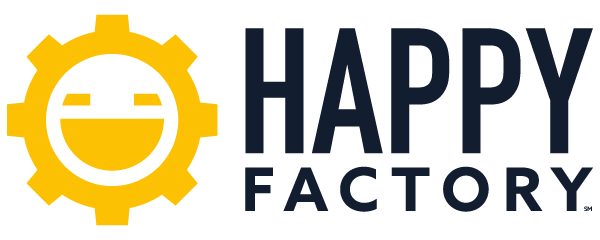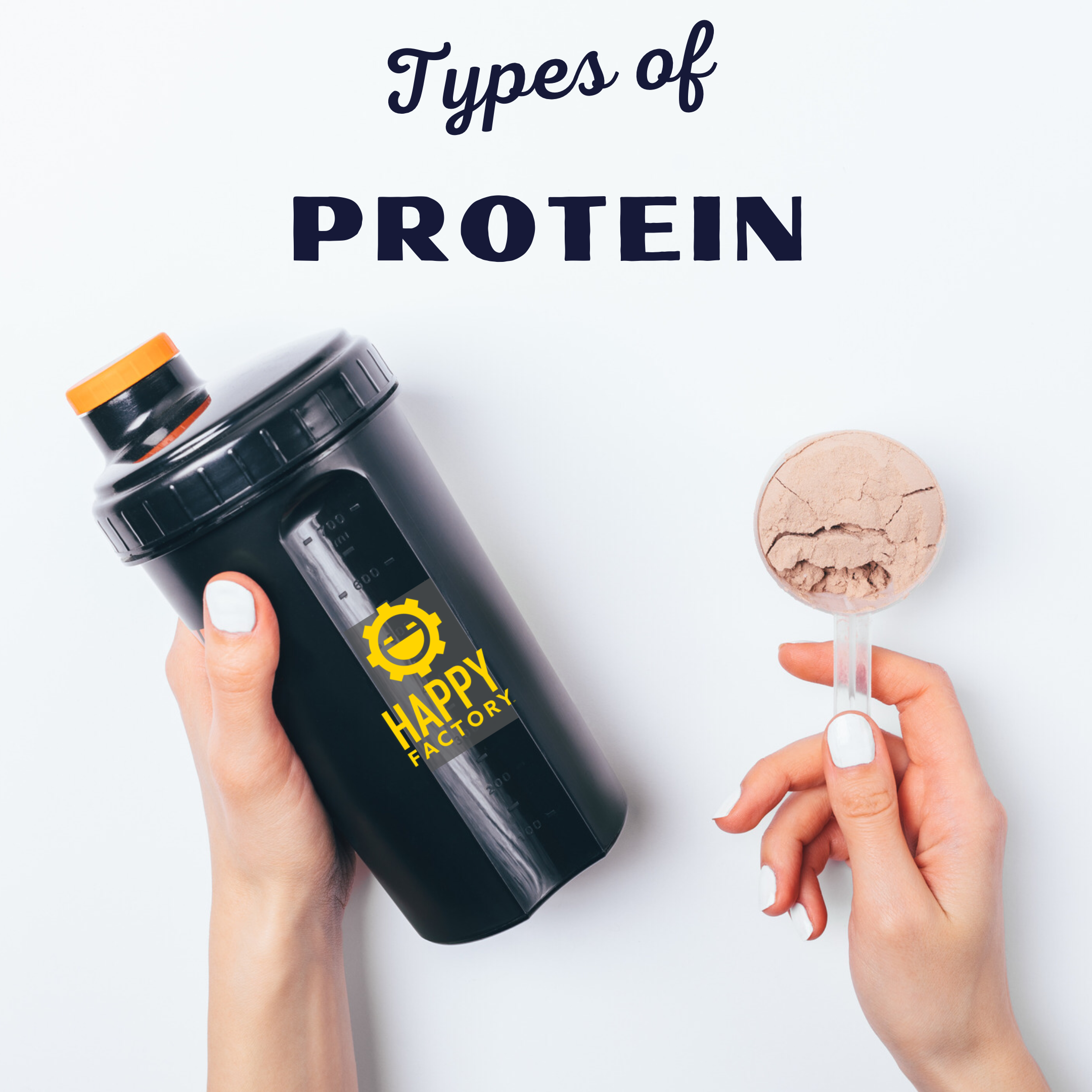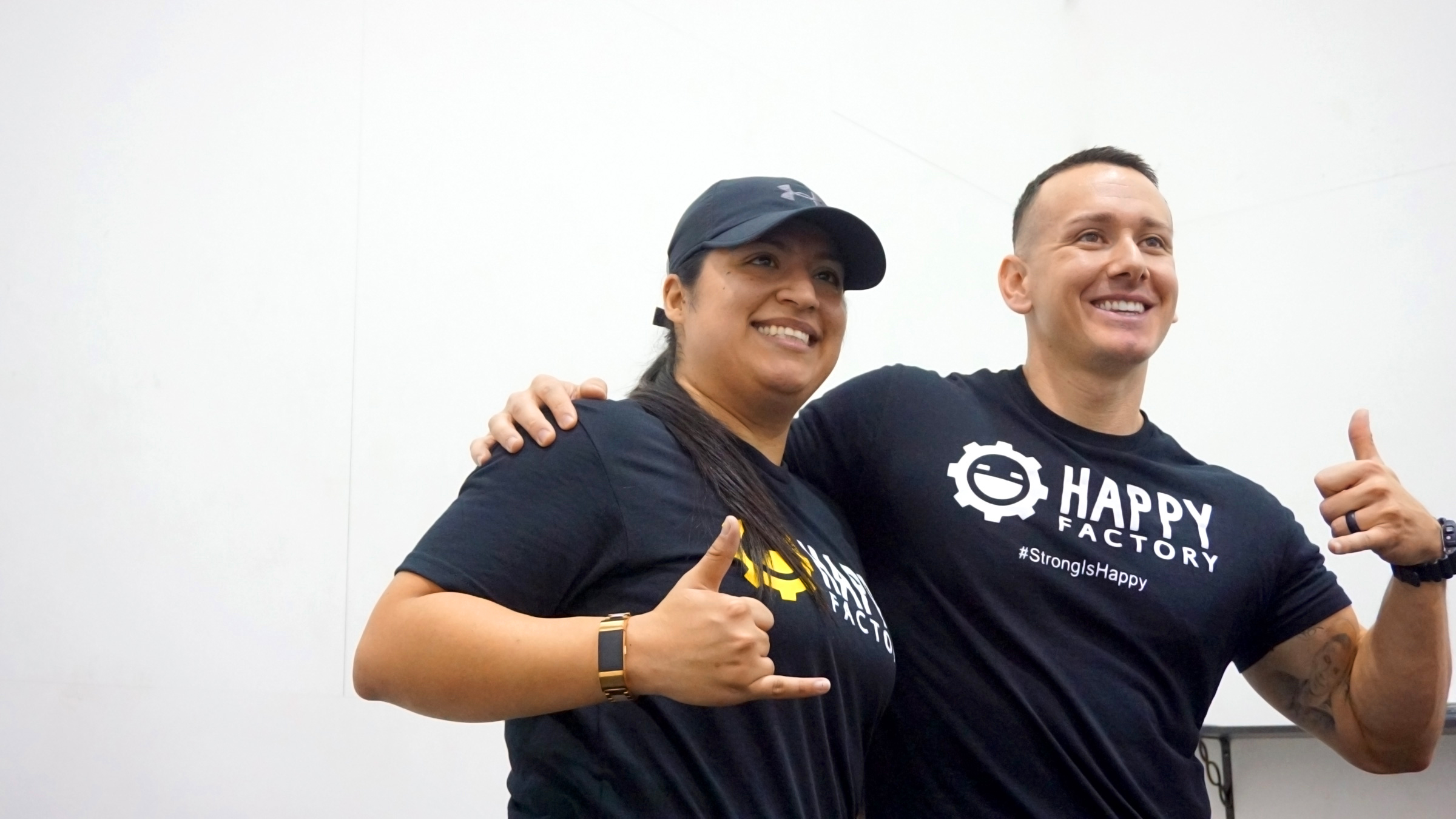
Maybe you want to bulk, or maybe you want to drop some pounds and feel confident to kick off the new year? Whatever your physique goals are, I’m sure you’ve thought to yourself “maybe this (or that) supplement will get me results faster!”
Pump the breaks before you pump the pills and powders. I’m going to break it all down for you right now…
For starters, let’s make something clear: You can NEVER make up for a bad diet! Period. The majority of your nutrients should come from a balanced, mostly whole-foods based diet. I’m going to say it louder for the people in the back: YOU CAN NEVER MAKE UP FOR A BAD DIET!
The best thing you can do for your health and wellness is eat the rainbow, focus on lean proteins, unprocessed foods, and healthy fats. The closer to nature a food is, the more nutrient dense — and the better for you — it will be.
Got it? Good!
Now that we got that out of the way, there is a place for supplements in your fitness journey,. but as the name implies, they should SUPPLEMENT your balanced diet. In fact, it isn’t a bad idea to include a good quality multi-vitamin supplement to cover your bases.
Before we get into proteins, pre-workouts and all the other good stuff you want to know about, I’ll give you a list of the most common vitamin deficiencies:
According to Healthline some of the most common vitamin deficiencies are: vitamin D, magnesium, and vitamin B12.
1. Vitamin D
Vitamin D has multiple roles in the body, including promoting healthy bones and teeth, improving immune and nervous system function, among others. A deficiency in this vitamin can cause fatigue, changes in mood, and a weakened immune system.
2. Magnesium
Magnesium is a mineral important for bone, nerve and muscle health. Magnesium can help fight depression, improve exercise performance, soothe muscles, and has hundreds of other benefits! If you have a Magnesium deficiency you could experience fatigue, nausea/vomiting, weakness, and muscle cramping among other symptoms. It is particularly beneficial to take before bed as it can help improve sleep quality.
3. Vitamin B12
B12 is a vitamin that our body cannot produce on its own and therefore we can only get through food sources or supplementation. It is involved in some key processes in the body, including the production of DNA and red blood cells. Symptoms of a B12 deficiency include weakness, tiredness, depression, and even vision loss!
When it comes to any supplement please consult with your doctor as this is meant to be information and not medical advice**.
Supplements can have interactions with some medications. If you are considering supplementing with vitamins consider food-based vitamins instead of synthetic, as these may be easier on your stomach and better absorbed.
Now… I know what you’re thinking: What about pre-workout, creatine, and protein powders?
The truth is there is NO ONE ANSWER. Your specific regimen is highly dependent on your goals, your health history, and your diet. What will ALWAYS apply to EVERYONE is that what you eat will always be more important than any supplement. With that in mind, there are things to consider if you find that you need an energy boost before a workout, want to build muscle, or find you don’t consume enough protein through your diet.
— Processed powders should never be the first option. Focus on your diet first!
— There are natural sources of energy to give you a pre-workout boost, like tart cherry juice and beet juice.
— You don’t NEED a protein powder if you consume enough protein through your diet.
However, if you opt to supplement your protein intake with a powder, make sure you avoid products that have any of the following in their ingredient list: carrageenan, natural flavors, artificial flavors, and any gums. Opt for organic and non-GMO products. Also, opt for plant-based proteins if whey causes bloating, or any adverse reactions.
Whoa! That’s a lot of info. Yes it is, just keep in mind that you’re not alone in all of this, we are here for you.
At The Happy Factory, we know how overwhelming the abundance of information on the internet can be, especially when you start out on your fitness journey. That’s why all of our trained and certified professionals are always available to answer any questions you may have. Our goal is to help you reach all of your goals, in and out of the gym! Don’t go at it alone, come check us out today – your first class is always on us!
**This information is not intended as medical advice. Before changing your diet or starting a supplement regimen please consult your doctor.




